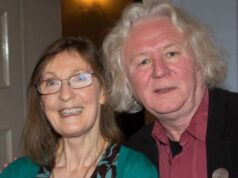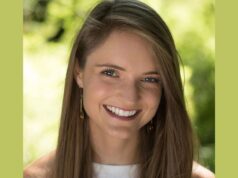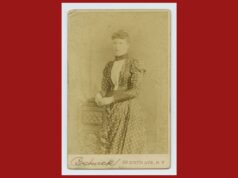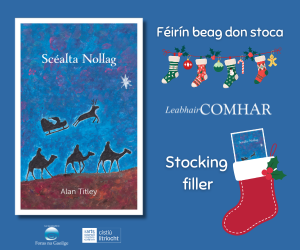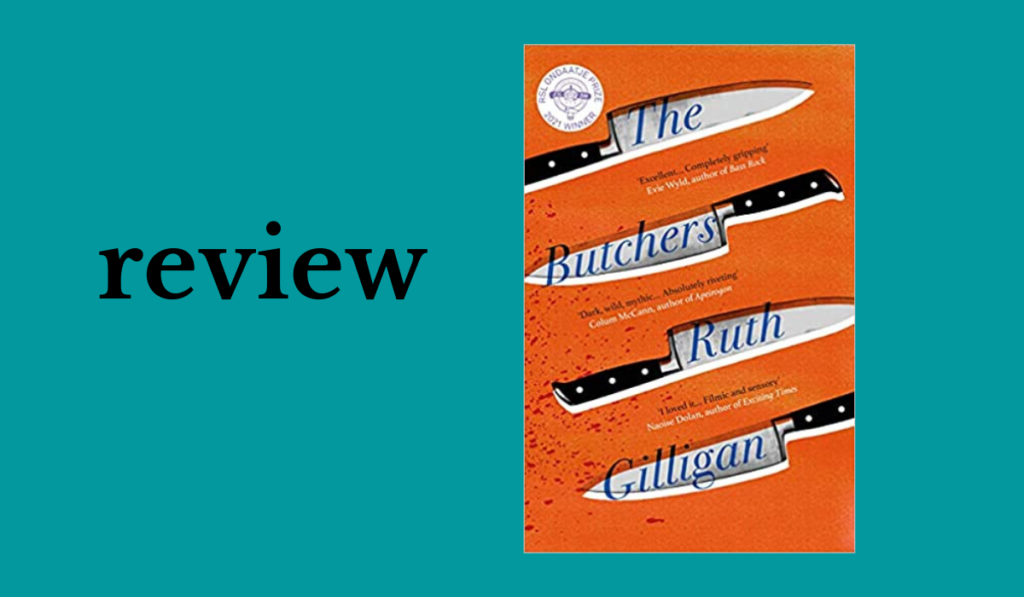
The Butchers|by Ruth Gilligan|Atlantic Books|ISBN: 9781786499462|£8.99
Susan McKeever reviews The Butchers, by Ruth Gilligan, which won the RSL Ondaatje Prize earlier this year.
The Butchers—a whirling tale of borderlands and sacred cows
Diseased cows. Dairy cows – sacred milking rituals, warm white milk flowing. Beloved cows with brown map-of-the world shapes on their hides. Smuggled cows. Bewildered, panicked cows, ‘breaths steaming like kettles… feet kicking up like Riverdance’. Cows slaughtered ritualistically. Cows, imprinted on the fields of rural Ireland’s landscape, feature large in this fifth novel by Ruth Gilligan, which won the RSL Ondaatje Prize earlier this year.
Mad Cow Disease
At the heart of the novel is the BSE virus, rampant in the UK but as yet not a threat in Ireland.
Here lies one of the many conundrums of The Butchers – the fact that the majority of Ulster is part of the UK and as such tainted with what became known as ‘Mad Cow Disease’, but is only a hop, skip and a jump from where the story is set, in the rural republic. There is a certain greed and shame in the apparent genesis of the virus – caused by feeding cows with ‘Meat-and-Bone-Meal’ – a cheap food basically made from the ‘nasty, boiled-down scraps of cattle carcasses’. One character wonders if ‘they really needed fancy scientists to tell them that ‘turning a cow into a cannibal sent it fucking nuts?’
In 2021 you can’t help but see parallels to the Covid pandemic and the unregulated wet markets of Wuhan where virus-carrying live bats and pangolins were discovered being sold for food in December 2019.
Ancient curse
Gilligan focuses on two families, living in the border-region counties of Cavan and Monaghan in 1996. The first character we meet is Úna, on the brink of teenagehood, lonely and isolated, ridiculed at school and nicknamed ‘cowgirl’ by her tormentors. The name stuck because her father, Cúch, is a member of ‘The Butchers’, a group of eight men who roam the country eleven months of the year – travelling by horse and cart – to kill cattle by hand: each of the eight must touch the cow at the time of its death. Why? It dates back to an ancient curse imposed by a grieving widow who decreed that ‘no man could slaughter alone; Instead, seven others had to be by his side …’ If this didn’t happen, pestilence would rain on the land.
Her mother, Grá, is hopelessly lonely and sexually frustrated; after all, her husband is gone most of the year and she lives in the middle of nowhere in County Cavan.
Their freezer is stuffed with choice cuts of meat which are shared out between the butchers at the end of each working year—not much compensation really.
In neighbouring Monaghan lives Fionn MacCready, a failing smallholder and recovered alcoholic trying to eke out a living with the small milk yield he gets from his beloved ‘girls’ – the cows that he milks in his dilapidated barn.
His wife Eileen is dying with a brain tumour and, to earn money for fancy treatment, he takes a shifty job smuggling possibly contaminated beef – and later livestock – across the border to make money for the local beef baron Eoin ‘The Bull’ Goldsmith.
Celtic-Boom Beef
As is often the way with a crisis, there’s always a few people who will cash in, and Celtic-Boom Beef has become a thing in BSE times. Everyone wants ‘clean’ Irish beef, and how would they guess it was Northern beef if it has a shiny ‘100% Irish beef’ sticker on the pack? Fionn’s son Davey has no time for him (Fionn punched his beloved mum once when drunk) and is obsessed with escaping the borderlands to Dublin after he’s completed his Leaving Cert and hopefully excelled in Classics, his favourite.
New York
Topping and tailing the book, with a few interludes in between, are scenes in New York, a place that couldn’t be more different from the border counties of Ireland. Twenty-two years after the BSE crisis and the narrative of the two families from Cavan and Monaghan, photographer Ronan Monks prepares for an exhibition of his work, where he will display a never-before seen photo titled ‘The Butcher’.
In it, a man hangs upside-down from the ceiling of a remote Monaghan cold store, feet gruesomely impaled on a butcher’s hook. The only other thing in the room is a portrait of the Virgin Mary on one wall. The man is the elder lemon of The Butchers, Sol.
How this ties in to the main story will become clear to the reader, along with a study of character complexities, their highs and lows, tragedy, sexual awakening and resolution, and finally, closure at the shocking twist that ends this layered, intriguing, fast-paced novel.
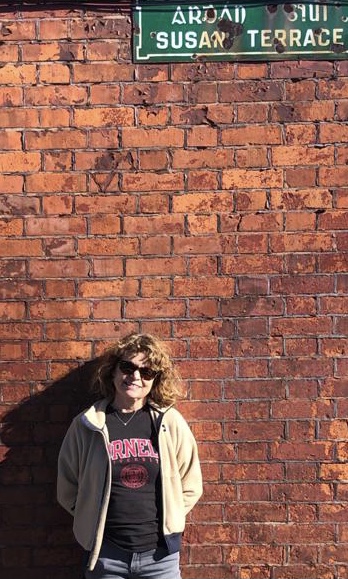
Susan McKeever is an editor, writer and ghostwriter for several Irish and international publishers and authors. She works from her home in the red-brick heart of Dublin’s Portobello. @MckeeverSusan,susanmckeever.biz









